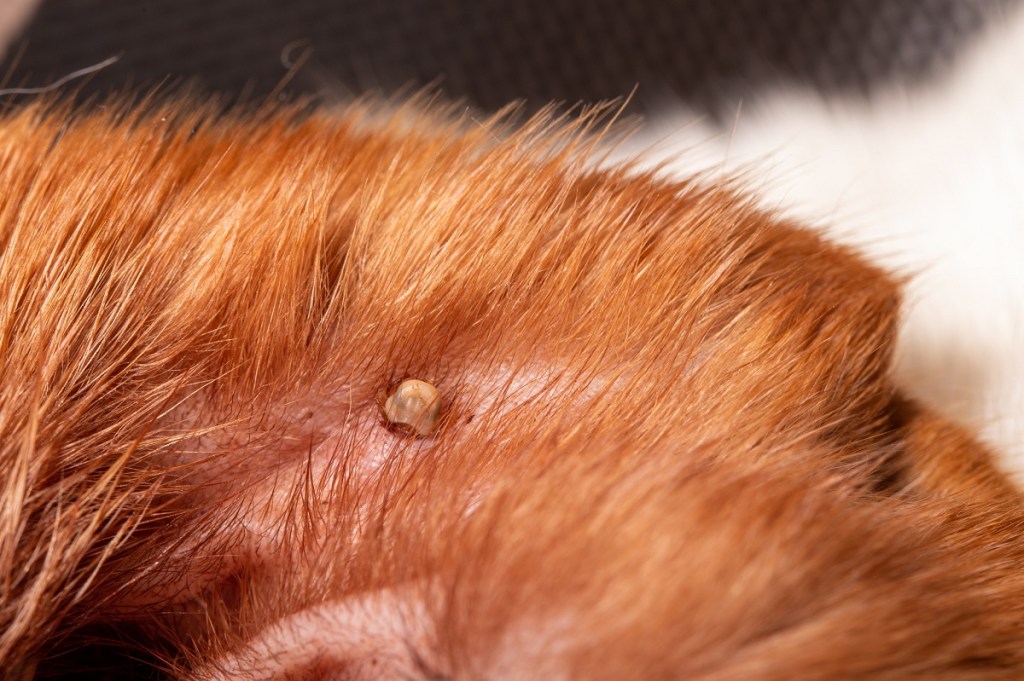Veterinary experts are calling on the pet industry to amplify tick prevention messaging this August, as new data reveals tick paralysis cases are occurring year-round – even during winter.
The Small Animal Specialist Hospital (SASH) has reported more than 700 cases of tick paralysis in dogs and cats since the start of 2023. While hotspots remain concentrated along the east coast in areas such as Sydney, the Gold Coast and Sunshine Coast, rare cases have also emerged in Adelaide, Melbourne and Canberra.
Dr Tim Hopkins, Emergency Vet at SASH Northern Beaches, said paralysis ticks remain a serious threat to pets, regardless of the season.
“While tick paralysis is a life-threatening condition, it’s preventable with simple strategies,” he said.
“People may only think that the risk is in the spring and summer, but tick paralysis cases can happen throughout the year, including winter.
“Many cases we see need intensive care, including mechanical ventilation, which can be emotionally difficult for pet owners. Sadly, some pets don’t survive. The good news is that there are highly effective tick control products available for dogs and cats, such as NexGard SPECTRA®, that can help prevent this.”
To raise awareness, National Tick Awareness Month for Pets will run throughout August, reminding pet owners and industry professionals of the importance of prevention.
Ben Stapley, Executive Director of Animal Medicines Australia, emphasised that paralysis ticks are not the only concern. Other tick species, such as the brown dog tick, can transmit diseases like ehrlichiosis, which can be fatal if not treated promptly.
“Ticks may be small, but their impact is significant: costs of severe clinical cases can be extremely expensive, not to mention the emotional distress for families and animals involved,” Stapley said.
“It’s a common misconception that ticks vanish once winter arrives. A growing body of research reveals tick activity isn’t confined to spring and summer – it persists through winter and even peaks during cooler months in some areas.”
Stapley urged pet owners travelling into endemic areas to apply protection, perform daily checks, and remain alert for symptoms. He noted that paralysis tick ranges are expanding, with geographic boundaries shifting due to weather patterns and ecological changes.

Elwood, an eight-year-old Norwich Terrier, is a powerful example of the importance of prevention. After missing a dose of tick control last September, Elwood was found with two paralysis ticks and suffered a cardiac arrest requiring emergency ventilation and a fortnight in ICU. His owner Steve said it was “utterly heartbreaking” but credited the SASH team for saving his life.
To support tick prevention, the Australian Paralysis Tick Advisory Panel recommends using an effective tick control product all year round and performing daily tick searches. This includes checking the head, neck, ears, mouth, chest, legs, paws, belly, and tail for any attached ticks.
For the pet industry, Tick Prevention Month is a timely reminder to educate customers on the life-saving importance of year-round tick protection and proactive vigilance to reduce the devastating impact of tickborne illnesses across Australia.
To stay up to date on the latest industry headlines, sign up to the Pet Industry News e-newsletter.

